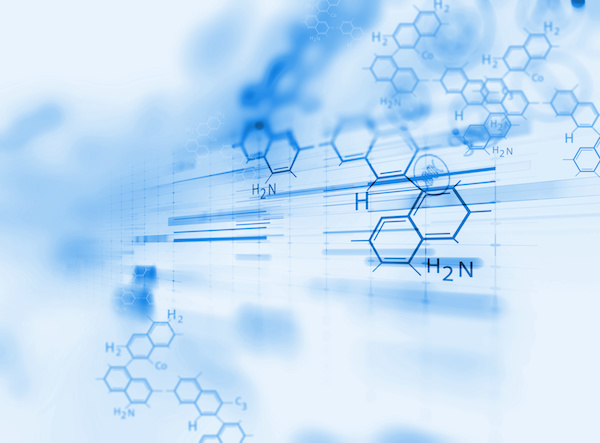Graphic overlays are typically used on the control panels of everything from ATM machines to window air conditioners and are especially useful when a visually pleasing appearance is wanted between the user and the machine. The overlays are often exposed to a lot of different environments and elements that can corrode the material and make it impossible to read the designs. To counter this, some overlays are made to be resistant to chemicals and other environmental factors. Here is an overview of graphic overlays and the need to make them chemical resistant.
How are graphic overlays made?
Graphic overlays typically have 3 substrates. The bottom substrate is the adhesive backing that is used to attach to overlay to the face of the control panel. The middle substrate contains the designs and colors that you look at to see which areas you need to press down on the overlay to activate the control panel to perform different procedures. The top substrate is typically made of polyester or polycarbonate material that you can see through to see the designs. It also protects the graphics from getting damaged under normal conditions. The layers are pressed together and the overlay is cut into shape using a precision die-cutting machine.
What type of things can harm an overlay?
There are many environmental and manufacturing conditions that can damage the protective cover on the overlay and the graphics. Things like ultraviolet rays coming from the sun, grease, chemicals, and usage can cause damage that will reduce the lifespan of an overlay and render it useless earlier than expected. The surface of the overlay in stressful situations needs to have an added protective coating to help to minimize unnecessary damage. The protective coating will dramatically slow down the rate at which an overlay will deteriorate over time under normal and extreme conditions.
What type of protective coating is used?
A hard coat is typically used. Hard coats are made out of resin that when it hardens protects against chemicals, scratches, and abrasions. The hard coat is used when the overlay is going to be used in harsh environments or when the control panel is expected to have heavy use. There are a number of different hard coats that can be used depending on the application of the overlay. The decision on which one to use is based on several factors including what you want the final product to look like, any electronic requirements that have to be taken into account, and how durable the film has to be for the environment the overlay will be used in.
Polyester is more resistant to chemical exposure and damage than polycarbonate and will usually last for roughly 1 million actuations (when someone is pressing down on the overlay) or more under normal circumstances, and a hard coat is usually added if abrasive substances are going to come into contact with the overlay. Polycarbonate, on the other hand, is a softer material that will normally withstand someone actuating the overlay around 100,000 times. Hard coats are often added to polycarbonate to protect it against chemicals.
Which is better: polyester or polycarbonate?
The decision between using polyester or polycarbonate comes down to cost, durability, and appearance. If the control panel has a high volume of usage, polyester is a good choice because of its durability. The less durable polycarbonate is good for low volume usage since it isn’t going to be used as much and doesn’t need to be as durable as polyester. However, if appearance is a big issue, polycarbonate is best to use since it is transparent and the designs and colors of an overlay stand out better than when polyester is used.
If you want to learn more about which products and hard coatings you should use for your overlays, you should contact us. We have the expertise based on years of knowledge and experience to help you decide which type of graphic overlay material and hard coat would be best to use to meet your needs and requirements.




